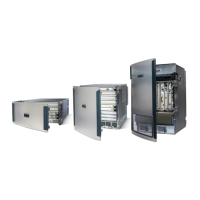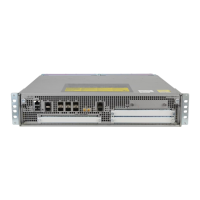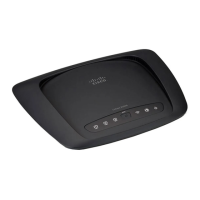CHAPTER
3-27
Cisco IOS XR Getting Started Guide for the Cisco XR 12000 Series Router
OL-24755-01
3
Configuring General Router Features
This chapter describes how to communicate with the router using the command-line interface (CLI), and
it also shows basic Cisco IOS XR software configuration management.
Contents
• Secure Domain Routers, page 3-27
• Connecting and Communicating with the Router, page 3-28
• Logging In to a Router or an SDR, page 3-36
• CLI Prompt, page 3-37
• User Access Privileges, page 3-38
• Navigating the Cisco IOS XR Command Modes, page 3-43
• Managing Configuration Sessions, page 3-49
• Configuring the SDR Hostname, page 3-66
• Configuring the Management Ethernet Interface, page 3-66
• Manually Setting the Router Clock, page 3-72
• Where to Go Next, page 3-74
Secure Domain Routers
Cisco XR 12000 Series Routers can be partitioned into multiple, independent routers known as secure
domain routers (SDRs). Every router is shipped with a default SDR, which is called the owner SDR, by
default, owns all RPs and Line Cards (LCs) installed in the routing system. To build additional SDRs,
you must perform the following steps:
• Create each SDR using configuration commands
• Name the SDR
• Assign RP, PRP and LCs to the SDR
• Configure the interfaces on the LCs on the new SDR
An SDR is a group of cards within a router that is configured to operate as an independent router. SDRs
that are created with configuration commands are called SDRs and are configured with custom names to
distinguish them from the owner SDR and other named SDRs.

